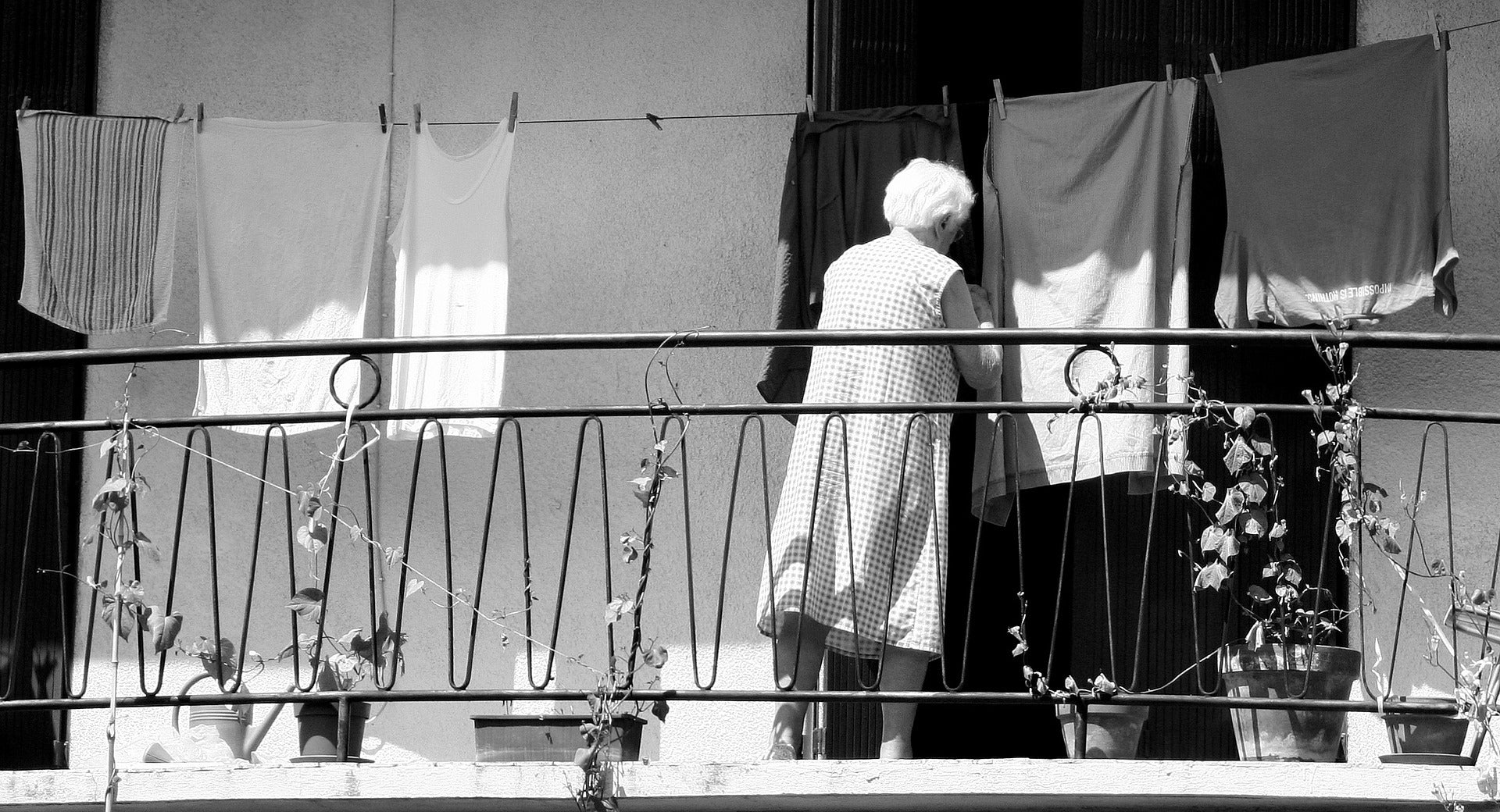
The Environmental Impact of the Clothing Industry and How We Can Make It Better - Part 2
If you're worried about dressing ethically, chances are you think about sweatshop conditions in developing countries, unsustainable farming practices, convoluted global supply chains that ring up a huge carbon footprint, and mountains of fast-fashion festering in landfill.
But the first thing you should think about is how often you wash your clothes. It turns out that when you look at the whole life cycle of a piece of clothing, everyday washing and drying damages our natural environment the most.
Though it may seem like a pedestrian chore, doing the laundry has a bigger impact on the planet than you might think. Between 75 and 80 percent of our clothing's lifecycle impact comes from washing and drying, because it takes so much energy to heat the wash water and run the dry cycle. It is reported that up to 82% of its energy use, 66% of its solid waste and over half of its emissions to air come from washing and drying clothes. So there's huge potential to reduce your personal energy and water use, and therefore your environmental footprint, by simply greening your laundry habits.The Dirt On Clothes: Why Washing Less Is More Sustainable
Life cycle analyses are tools that show environmental impacts of various products. They measure effects like greenhouse gas emissions, energy consumption, water use, and pollution. For clothing, they generally measure the impact of growing fibres, garment production, packaging and transporting to stores, customer use, and finally disposal.
Doing this allows us to compare environmental impacts of apples and oranges. Polyester, for example, requires a lot of energy to make, little to wash and dry, but takes a long time to biodegrade. Cotton, on the other hand, requires vast amounts of water, fertilisers and pesticides to grow, needs more water to wash and more energy to dry but is relatively low-impact to dispose of.
When we look at clothing overall, we consistently find the greatest environmental impact of a garment over its entire life is not in its production, transport or disposal, but in its use by the consumer - washing, drying and ironing.
Many of us want to live more sustainably, but our water and energy intensive lifestyles have a huge amount of momentum that it takes a serious intervention to become aware of, let alone shift.
We need to recode cleanliness standards, based on reality and pragmatism not concepts pushed by marketing: collective conventions that help us navigate everyday life sustainably and hassle free.
Wearing garments with pure silver will help in getting us there. Wear them longer, wash them less and still stay healthy.


Leave a comment
This site is protected by hCaptcha and the hCaptcha Privacy Policy and Terms of Service apply.